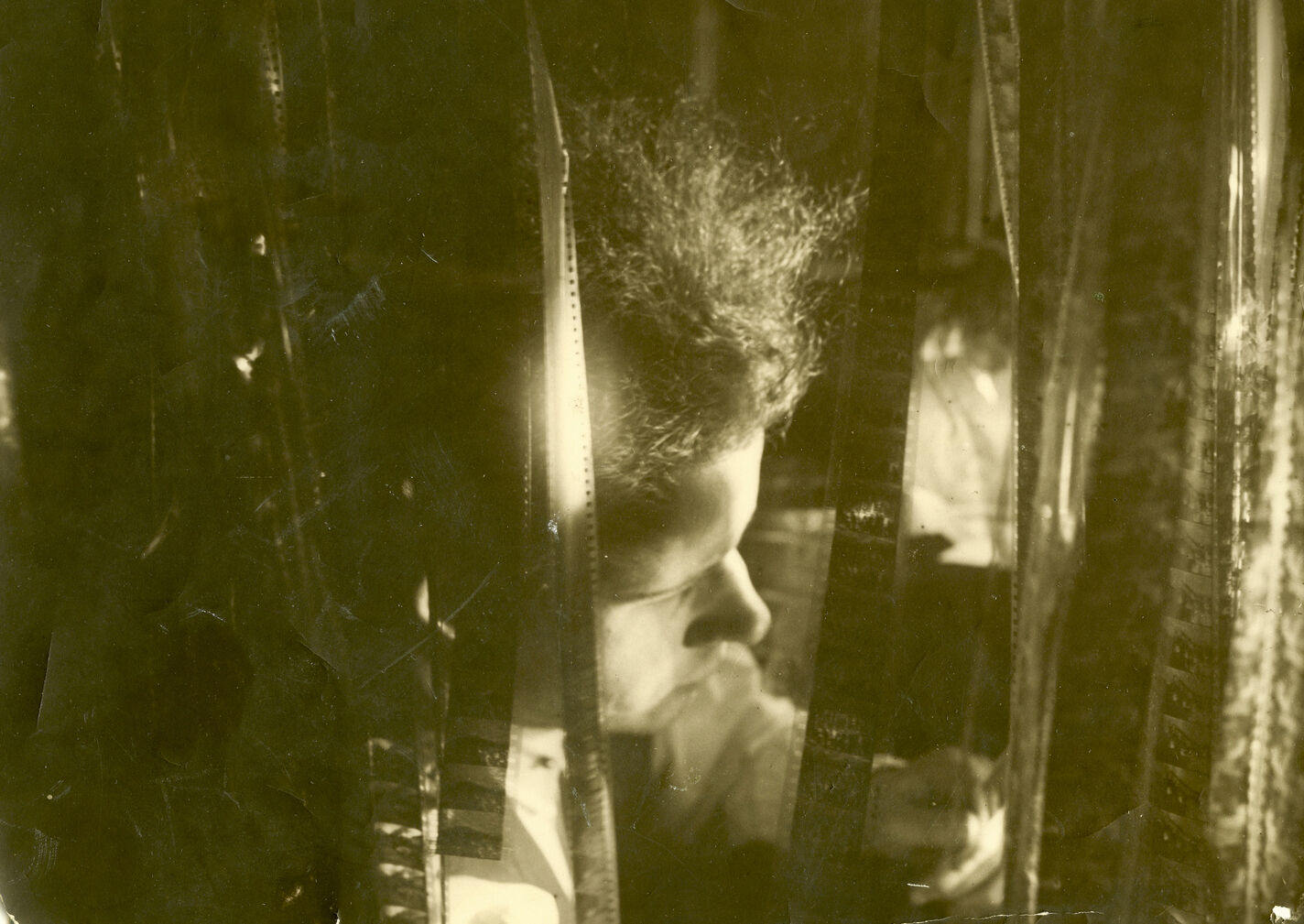Until recently, in the center of Moscow, a landmark of film history attracted film makers and film researchers from all over the world: the apartment of Russian director Sergey Eisenstein. Eisenstein was not only a film director, but also a scholar and artist. His work and life reflect his courageous commitment to democracy, diversity and justice.
Over several decades, film historian Naum Kleiman had developed Eisenstein's apartment into an active center of Eisenstein research. The European Film Academy declared the apartment a World Heritage Site. However, in the course of the political dismantling of the Moscow Film Museum, to which the Eisenstein cabinet officially belonged, the apartment was closed down in 2018.
Our research explores the thesis that by combining VR experience, information visualization (InfoVis) and 3D sound, audiovisual spaces can be expanded into immersive worlds and scientific-analytical instruments. On an artistic level, the project is inspired by Eisenstein's joy of research, his curiosity and his courage to experiment. It follows his cinematic works and his theories. Already in the 1920s, Eisenstein experimented with the combination of seemingly incompatible cinematic elements for his concept of 'collision montage'. His idea of the “spherical book” is one the earliest theories of linking topical spheres as hyper-text. The idea of merging VR, InfoVis and 3D sound echoes this concept. The research results will be implemented to reconstruct the Eisenstein Cabinet.
The goal is to make Eisenstein's physical and intellectual universe accessible as a VR experience. In virtual space, objects telling stories in multiple media forms turn into bridges to Eisenstein's world. The virtual apartment will lay the foundation for an international, interactive, constantly evolving web platform: “Eisenstein's house”. All members of the international Eisenstein community will be able to network here: researchers, students, artists as well as interested non professional users.
'Eisenstein's House' will be a living forum for preserving, researching and discovering theuniverse of Eisenstein relevant and topical until today.
For further information, vistite the project website

